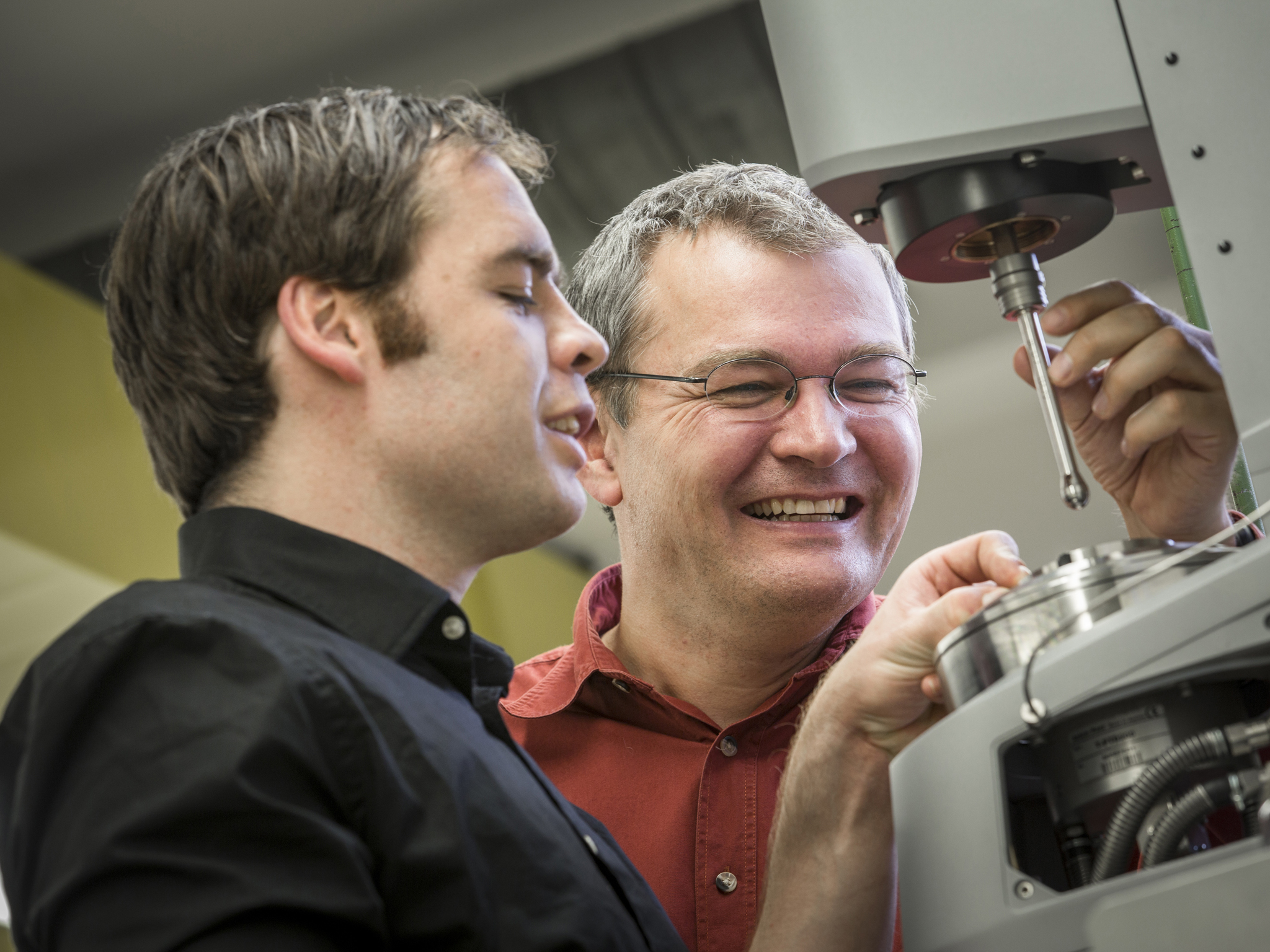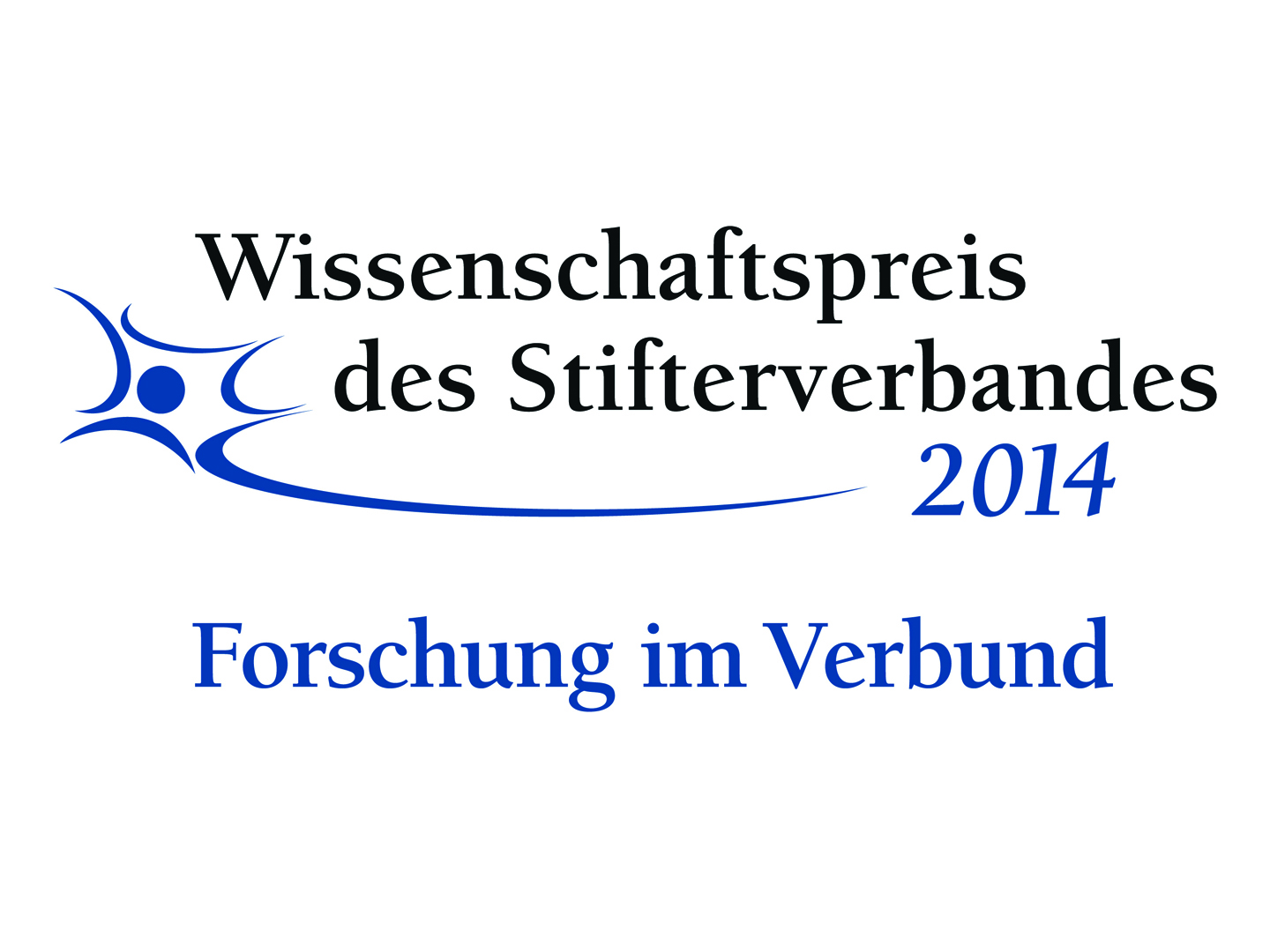Wear Protection and Advanced Ceramics
We use experimental friction and wear analysis methods to determine friction coefficients and wear rates, including Stribeck curves. We test, assess and numerically simulate the effects of desired and undesired changes in the tribological contacts involved in ceramics, coatings, polymers and metals. We investigate the tribo-chemistry, tribo-corrosion and 'third bodies' associated with the effects of lubricants, media and temperature.
This enables us to identify the conditions under which the materials can be used reliably (sliding speed, contact loads, temperatures, lubrication requirements, smooth running) and what the effects of a material substitution would be. We also carry out damage analyses, and evaluate and optimize the mechanical behavior of ceramic materials and components. This leads to process and component optimizations, e.g. for ceramic tools, ball bearings, roller bearings, slide bearings or pumps. Another focus of research work here is tribo-polymers, liquid crystalline lubricants and graphenes.
What we offer
- Tribological component testing under application-relevant conditions
- Switchable tribosystems
- Tribology and tribocorrosion of plain bearings and mechanical seals in corrosive environments
- Qualification of water-based lubricants
- Development of tribological test arrangements for corrosive operating conditions and high operating temperatures
- Numerical simulation of tribocontacts with regard to contact mechanical load, wear and contact fatigue
Contact us! Together we'll find a customized solution for the challenges you face.


Press release: Liquid crystal lubricant (Stifterverband Science prize winner)
Thanks to a new lubricant, small gears can run with virtually no friction. Made from liquid crystalline fluid, these lubricants drastically reduce friction and wear. For this, Dr. Andreas Kailer und Dr. Tobias Amann awarded together with their project partners the price »Wissenschaftspreis des Stifterverbandes 2014 - Forschung im Verbund«.
Lubricants are used in motors, axels, ventilators and manufacturing machines. Although lubricants are widely used, there have been almost no fundamental innovations for this product in the last twenty years. Together with a consortium, the Fraunhofer Institute for Mechanics of Materials IWM in Freiburg has developed an entirely new class of substance that could change everything: liquid crystalline lubricant. Its chemical makeup sets it apart; although it is a liquid, the molecules display directional properties like crystals do. When two surfaces move in opposite directions, the liquid crystal molecules between the two surfaces align themselves so that the frictional resistance is extremely low. This enables nearly frictionless sliding. [more]
Click the image to see the video:
 Fraunhofer Institute for Mechanics of Materials IWM
Fraunhofer Institute for Mechanics of Materials IWM